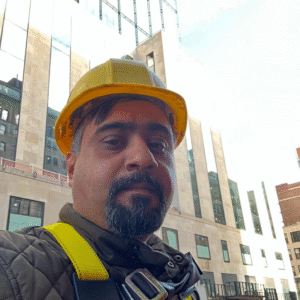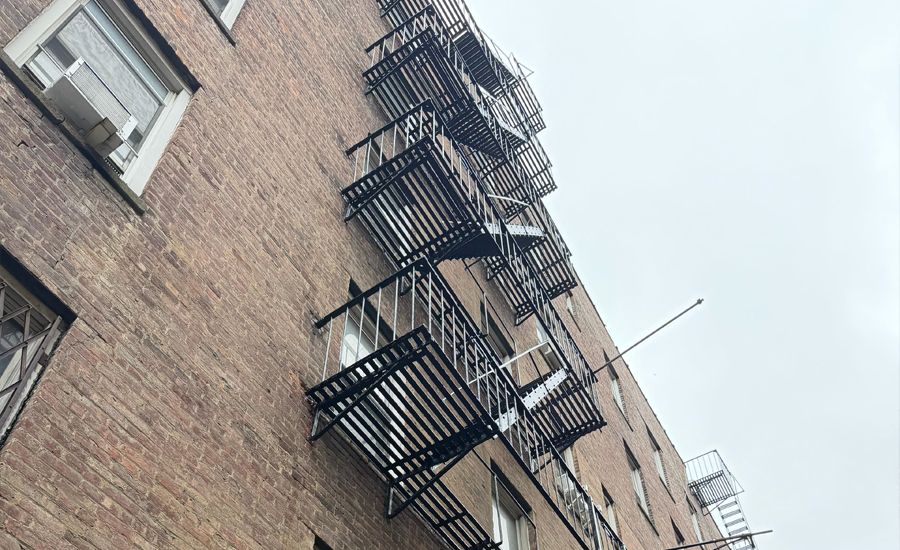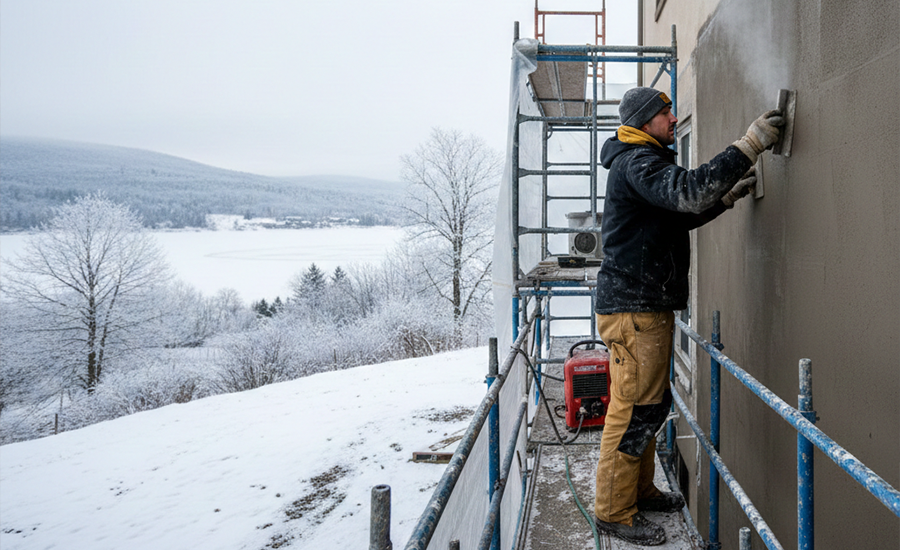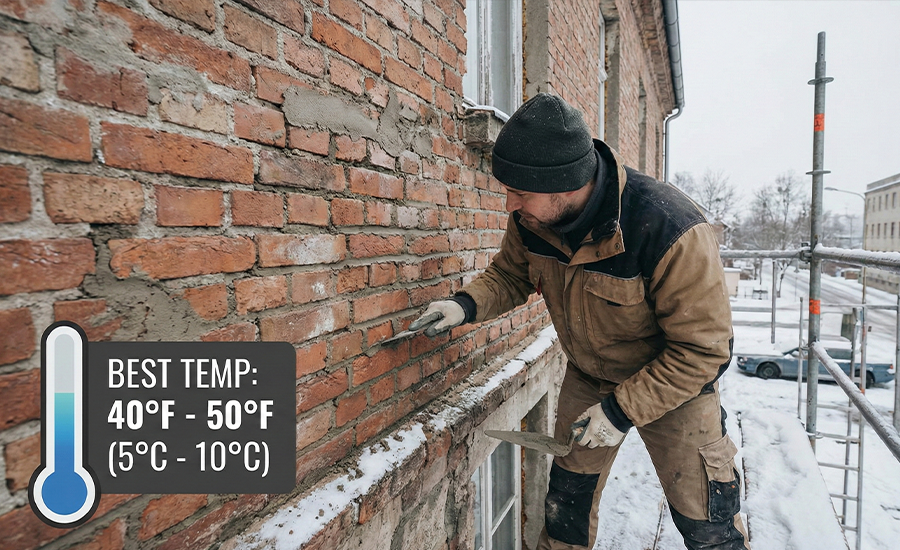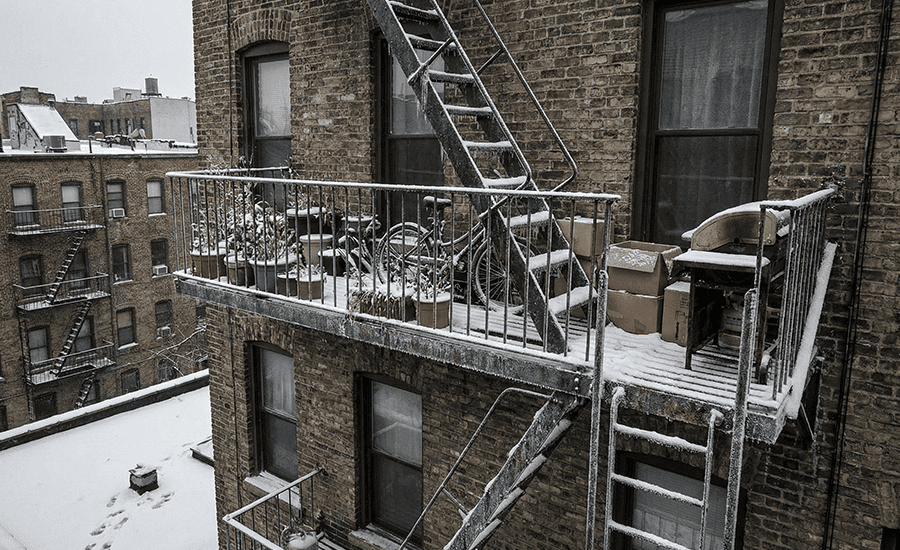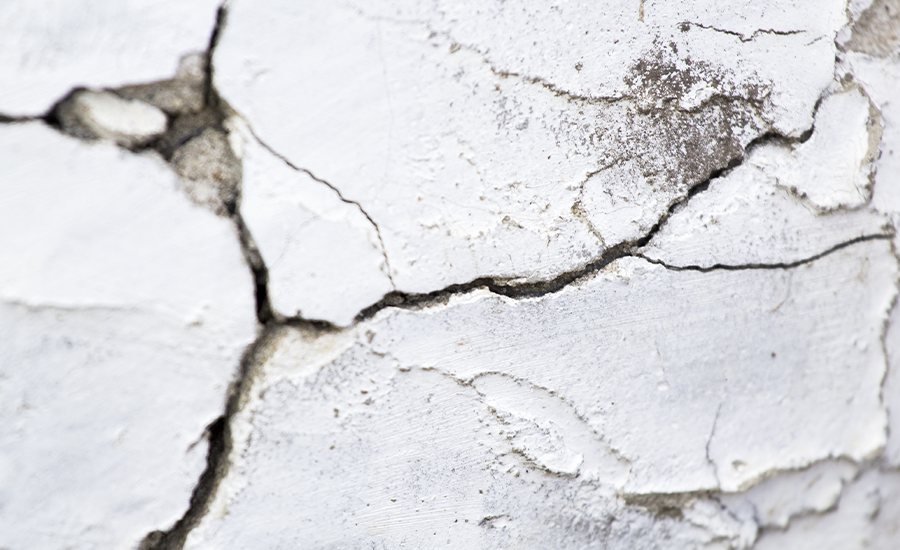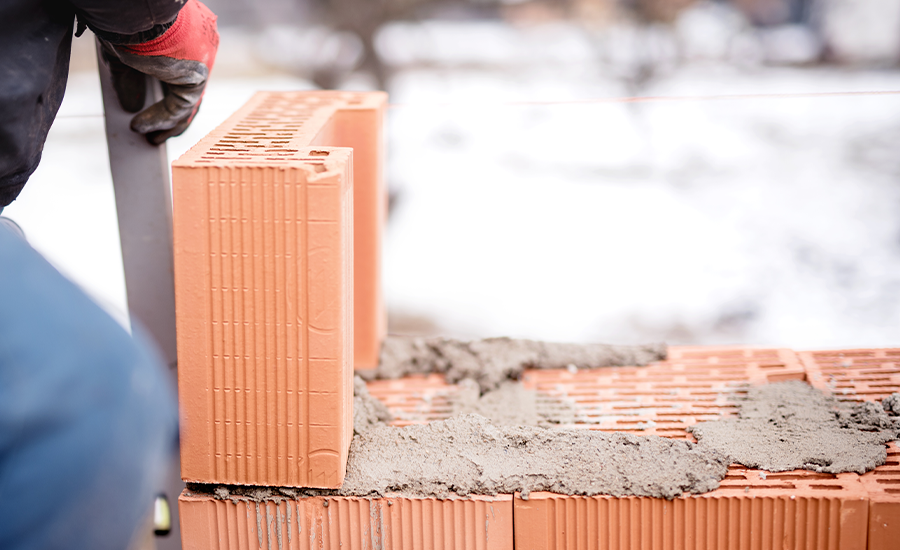In NYC, external fire escapes are those iron staircases bolted onto the sides of older historic buildings that not only showcase their architectural legacy but also their structural strength. External fire escapes tell the history of NYC and symbolize its importance in fire hazards. These fire escapes, installed in NYC for emergency purposes, are the symbol of safety and security in residential and commercial properties in times of need. These external fire escapes are ideal and were only constructed in the early nineteenth century, and have been generally prohibited since the 1968 NYC building code. The external fire escapes should be maintained, inspected, and only be removed with authority approvals if safe and secure exits are present.
To understand how these systems evolved and what regulations guide their use today, you can also read our detailed overview on NYC Fire Escapes. And for those exploring modern alternatives, here’s a helpful guide on the best options of fire escape for NYC.
In this blog, we’ll explore in detail the external fire escapes, their history, law imposition, and their use in NYC Buildings.
Do External Fire Escapes Still Remain A Requirement?
These charts thoroughly explained whether external fire escapes can still be used in NYC’s new building constructions:
| Building Category | Do External Fire Escapes Still Remain A Requirement? | Elaboration |
|---|---|---|
| Modern builds (post-1968) | Not at all | It demands an up-to-date safety system and an enclosed fire-rated staircase. |
| Historic Buildings (pre-1968) | Definitely | It requires proper maintenance and periodic inspections. |
| Property modifications | Subject to circumstances | When it is removed, another way out must be available. |
| Designated Landmarks | Many times | It requires preservation to retain architectural authenticity. |
| Modern Vertical Structures | Infrequently | Buildings now demand compliant enclosed staircases. |
What Are the Legal Requirements of NYC Fire Escape?
NYC has strict codes and regulations that define how fire escapes must be built, maintained, and inspected:
- NYC Building Code (1968 onward): Banned external fire escapes for new residential construction.
- 1 RCNY (Rules of the City of New York): Defines dimensions, materials, and requirements for fire escapes.
- NYC Administrative Regulations: Sets standards for width, handrails, and load capacity.
- Local Law 11: Requires inspection of building façades, including fire escapes, every 5 years for structures over six stories.
- Landmarks Preservation Commission: Governs fire escape alterations/removals in historic districts.
NYC also evaluates modern systems differently. You can explore are collapsible fire escapes allowed in NYC to understand how they fit within today’s regulations.
The Phase-Out of External Fire Escapes in New Buildings
The following factors contribute to the decline of external fire escapes in modern architecture. Let’s have a look at it:
| Factors | Breakdown |
|---|---|
| Evolved exit system | Safety systems use sprinklers and smoke controllers for a secure evacuation mode. |
| Weathering effects | Prolonged exposure to ice, rust, and bad weather slowly degrades the strength of the structure. |
| Visual considerations | Today, builders are more focused on making clean and uninterrupted building exteriors. |
| Area Restrictions | Tight property lines leave no room for fire escape installations. |
| Risk of Legal Action | Small and narrow external stairs become dangerous in an emergency rush. |
Where Are External Fire Escapes Still In Use?
Some older NYC buildings still rely on them for safety. Here’s where they remain essential:
- In older buildings, such as tenements or traditional multifamily units.
- An additional escape route is required when the internal stairs do not meet the fire code.
- Landmarked properties where modifications and alterations are restricted.
- Buildings with modest and compact sizing that can’t handle new indoor exits.
- It can be allowed only with exceptions granted if no safer option is possible.
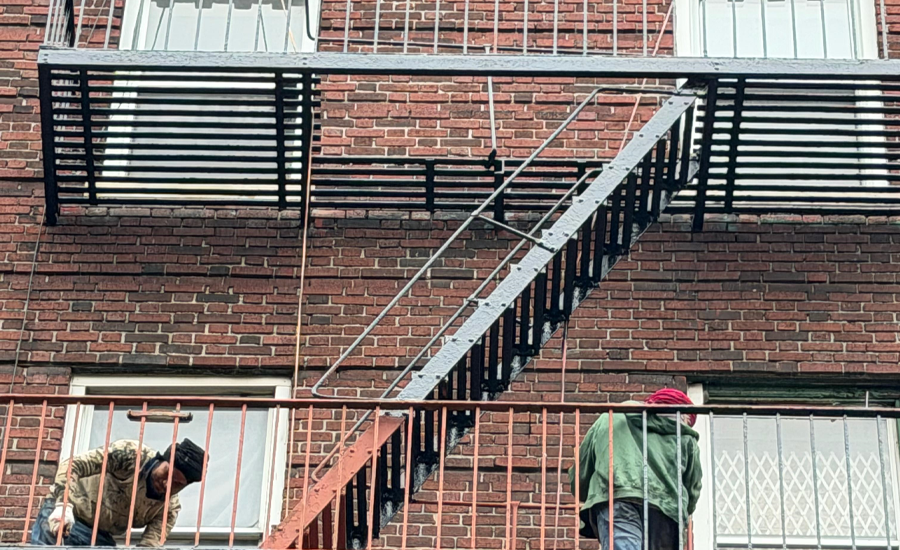
For apartment owners in older NYC buildings, understanding which type of fire escape is best for NYC apartments can help ensure both safety and code compliance.
Safety Risks & Limitations
While useful in emergencies, these fire escapes also bring several safety concerns:
- Neglecting Repairs: Delaying repairs, like corrosion or weak welds and bolts, can cause accidents during escape.
- Egress Obstruction: Building occupants sometimes use the fire escape for the wrong purpose, like storing household items, appliances, planters, etc.
- Climatic Risks: cold, harsh weather conditions pose risks of slips while descending during evacuation.
- Combustion-Related Hazards: Façade fire spread through the facade, which constructs safe evacuation routes.
In some cases, rooftop exits provide safer alternatives during emergencies. Here’s a quick look at how rooftop fire escapes work and when they’re permitted in NYC.
Conclusion
In conclusion, these external fire escapes are legit outdated and old, but remain the most iconic and reliable. These fire escapes show how older structures evolved to the contemporary fire protection system. Make sure to keep your fire escape inspected if it is an old one in your property. They are not standardized for new constructions, but if you want to remove them, make sure to get a permit from DOB or LOCAL LAW 11.
If you’re exploring modern alternatives to traditional models, you can also check how a retractable fire escape functions and why it’s becoming a preferred solution in today’s NYC buildings.
Sardar Restoration Corp proudly serves every corner of NYC, including the Bronx, Manhattan, Brooklyn, Westchester, and Queens. Our services are designed to meet your specific needs, providing top-quality solutions wherever you are. Check our service areas to see how we can assist you in your location.
Contact us today at (+1) 917-355-8556 or sardarrestoration@gmail.com, or visit us at 2770 Fish Ave, Bronx, NY 10469, United States.
FAQs
Can you repair or restore an old fire escape in my building?
Yes! Sardar Restoration Corp. Offers inspection, repair, welding, reinforcement, and repainting services in old fire escapes while following the (DOB) requirements.
My building has a rusty fire escape. Can you make it code-compliant?
Without a doubt! Sardar Restoration Corp. removes all the rust, corrosion, anchor strong bolts, and welds your building’s fire escape, ensuring it is code-compliant while passing all the inspections.
Can I remove an external fire escape from my building in NYC?
Only if you have proper DOB approval and a safe secondary exit in place. Removal without authorization can lead to violations under Local Law 11 and other NYC building codes.
Do you help with fire escape violation removal?
Absolutely! Sardar Restoration Corp. has the expertise in removing all the violations imposed by DOB, HPD, or FDNY. We can repair or replace the fire escape quickly and file the necessary compliance paperwork.
How often should external fire escapes be inspected for safety?
Fire escapes in NYC should be inspected at least once every five years by a licensed contractor to ensure all bolts, welds, and platforms meet safety and compliance standards.
Do you inspect fire escapes?
Yes! Sardar Restoration Corp. ensures to conduct inspections every 5 years by the licensed fire escape contractor in NYC, guaranteeing you’ll receive a report to file with the DOB.

